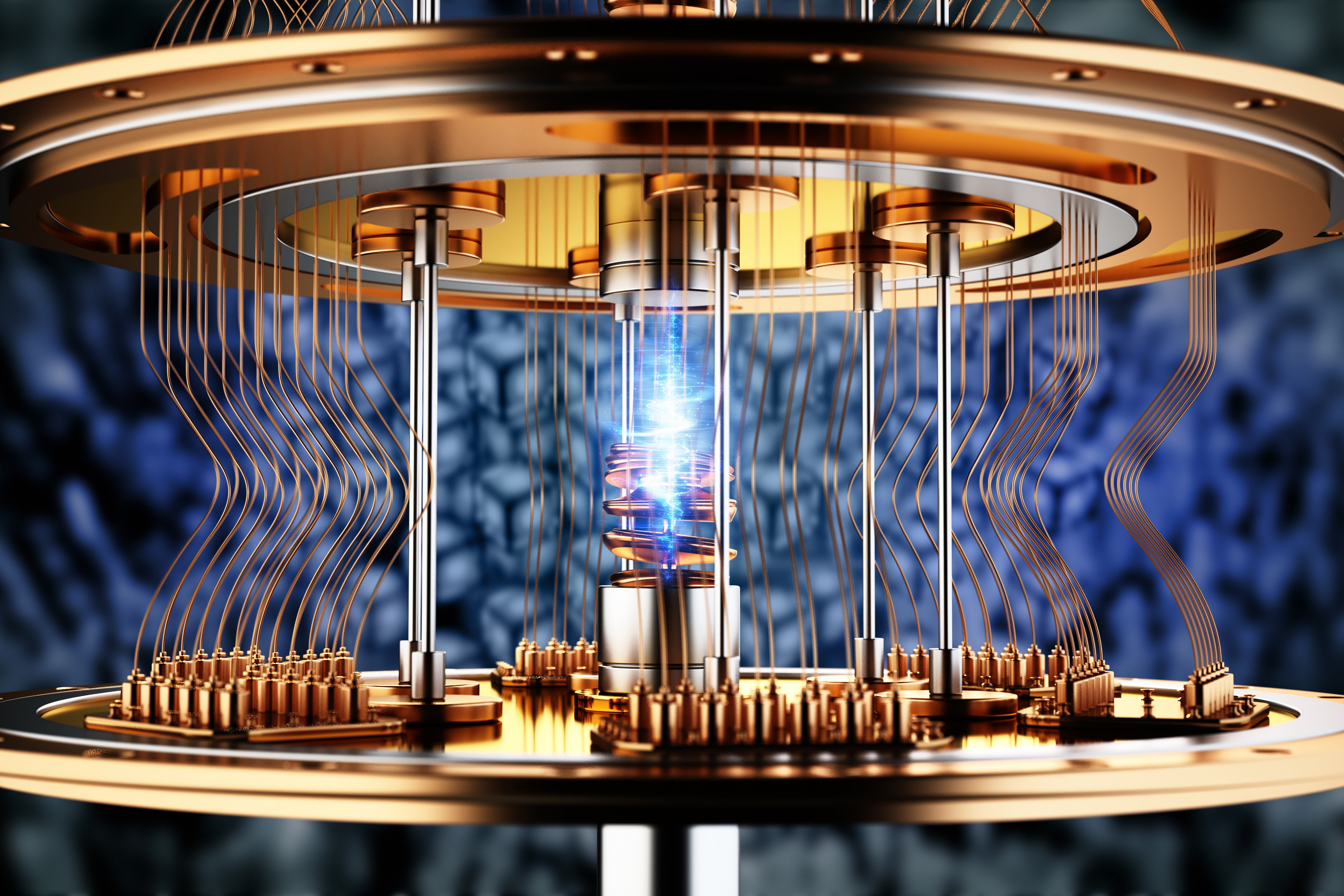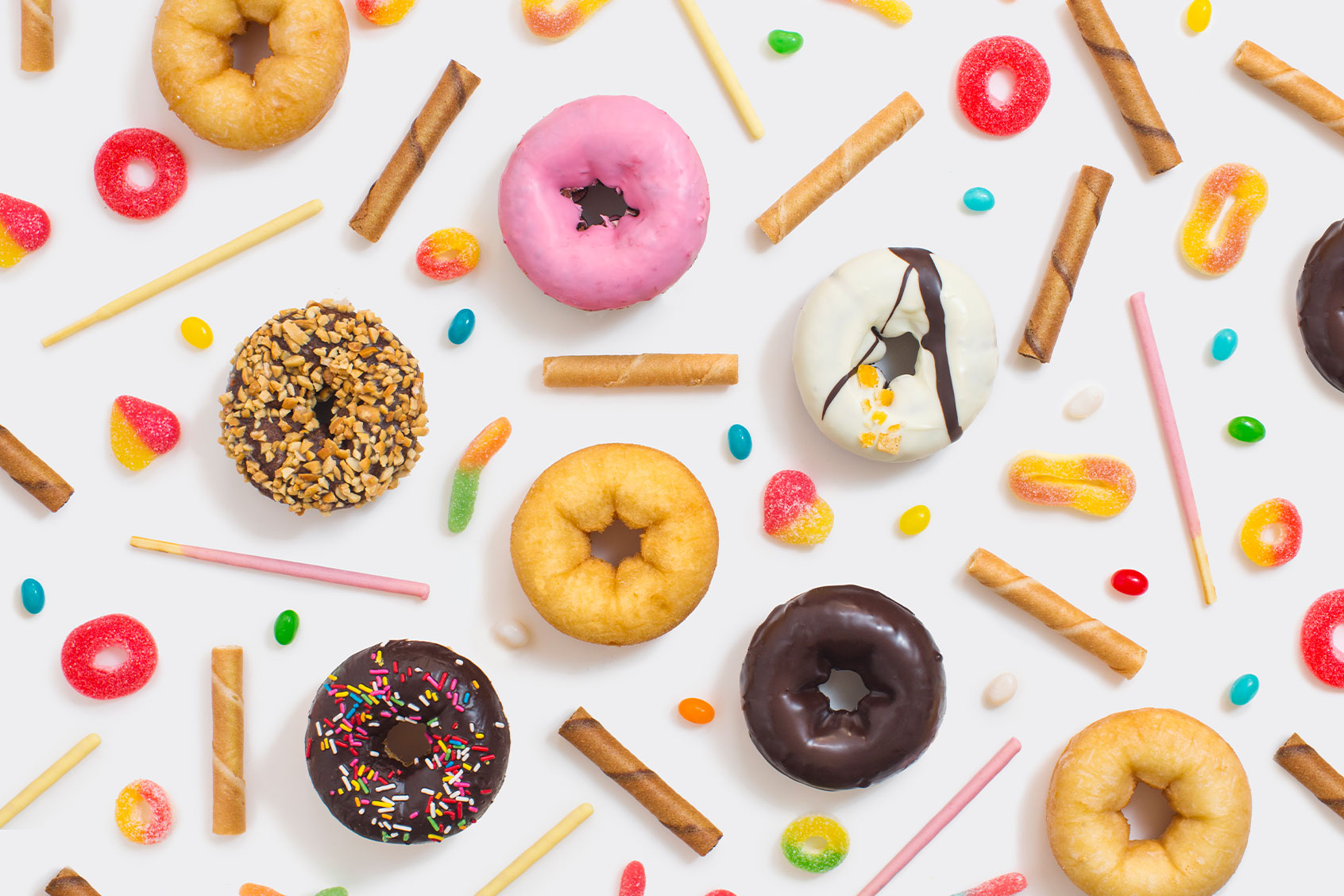By Karan Singh
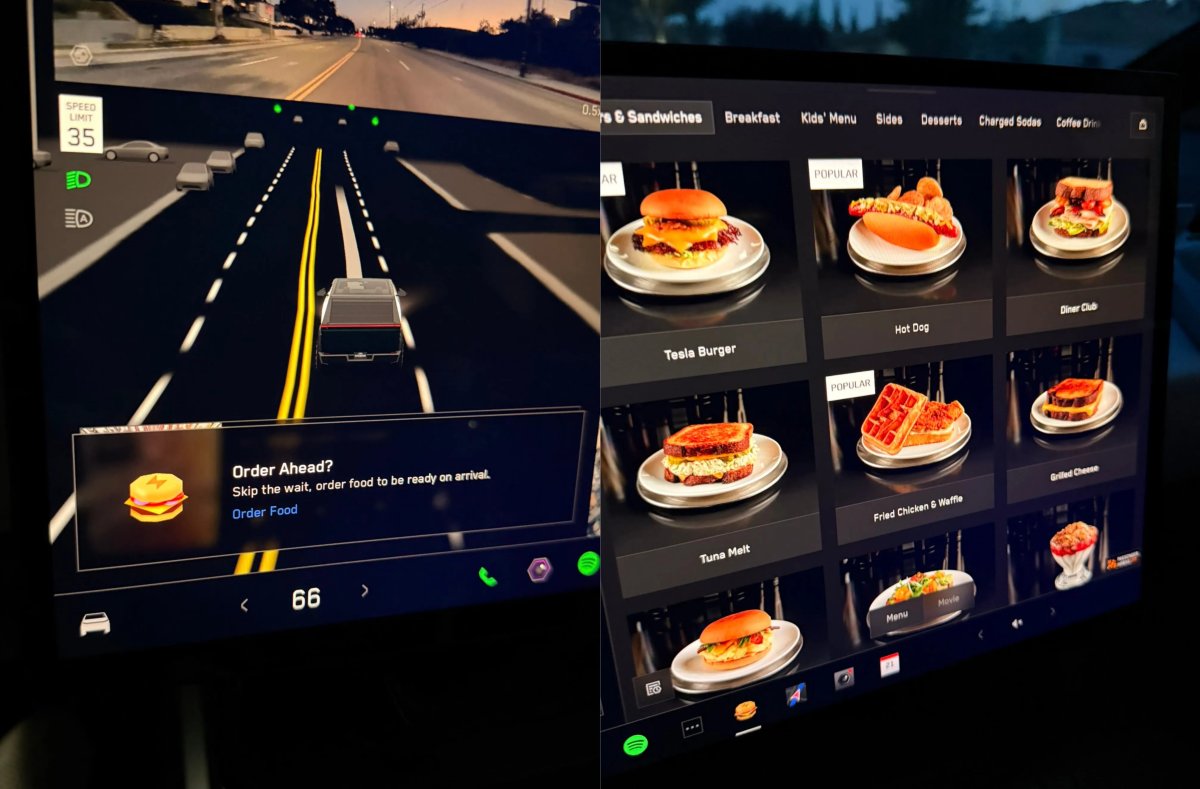
The new Tesla Diner in Hollywood is officially open, and it’s much more than just a restaurant with Superchargers.
Tesla has gone all out, closely integrating the Tesla Diner into its vehicles and the Tesla app to create an exceptional Tesla experience.
The Tesla Diner also includes high-quality and sustainable food and exclusive Tesla merchandise to round out the experience.
Read on to learn how Tesla improves the take-out and dining experience of a restaurant by integrating it into its vehicles.
Ordering
The unique experience begins well before you even arrive at the Diner. When you choose to navigate to the Tesla Diner, you’ll receive a prompt in your vehicle about an hour before you’re scheduled to arrive.
The diner’s menu is built right into your vehicle – you can tap and scroll through the menu on the main display, adding items to your order. The menu is designed for a larger touchscreen, similar to those found in kiosks at Dunkin’ Donuts or McDonald’s.
In Car Delivery
So let me get this straight… it’s 2025, and I’ll be driving from Texas 🤠 to the @Tesla Diner in LA… as I approach Hollywood, I can pre-order burgers, dogs, fries, and drinks 🍔🌭🍟🥤 straight from my in-car UI… charges my @Tesla account, food served fresh as I pull into the… pic.twitter.com/Ogfl2gkKMb
— JeebsTX 🇺🇸 (@JeebsTX) July 22, 2025
Once you’re complete with your order, you can choose to dine in, pick up, or have the food delivered to your vehicle. The magic sauce here is that you don’t need to choose the time to have your food ready. Tesla automagically knows when you’re arriving and will have your food ready for you.
However, that’s not all. If you choose “In Car,” staff from the diner will bring your food out to you when you arrive. How will they know where you are? When you plug in at a Supercharger, the vehicle automatically communicates the stall number to the diner, letting them know you arrived and which Supercharger stall you’re in.
If, for some reason, your food isn’t ready when you arrive, you’ll automatically receive a message in your vehicle, letting you know that your food is being prepared.
Drive-In Movie
When you arrive at the diner, you’ll be offered to sync up your audio and video in the vehicle with the two large 45-foot LED screens. You’ll hear the audio right through your car’s speakers, no manual syncing or FM radio required. Your vehicle’s screen will also play the same video that’s displayed on the larger outdoor screens.
There’s now a Tesla Diner app that appears in Tesla Theater when you’re near the diner. This app lets you watch and listen to the movie or order additional food.
Payment
Similar to the food integration, Tesla’s payment solution is also seamless. Food payment is handled automatically through your payment options in the Tesla app, just as Supercharging is automatically billed.
In a classy move, Tesla automatically covers gratuity for its staff.
High Quality Diner Fare
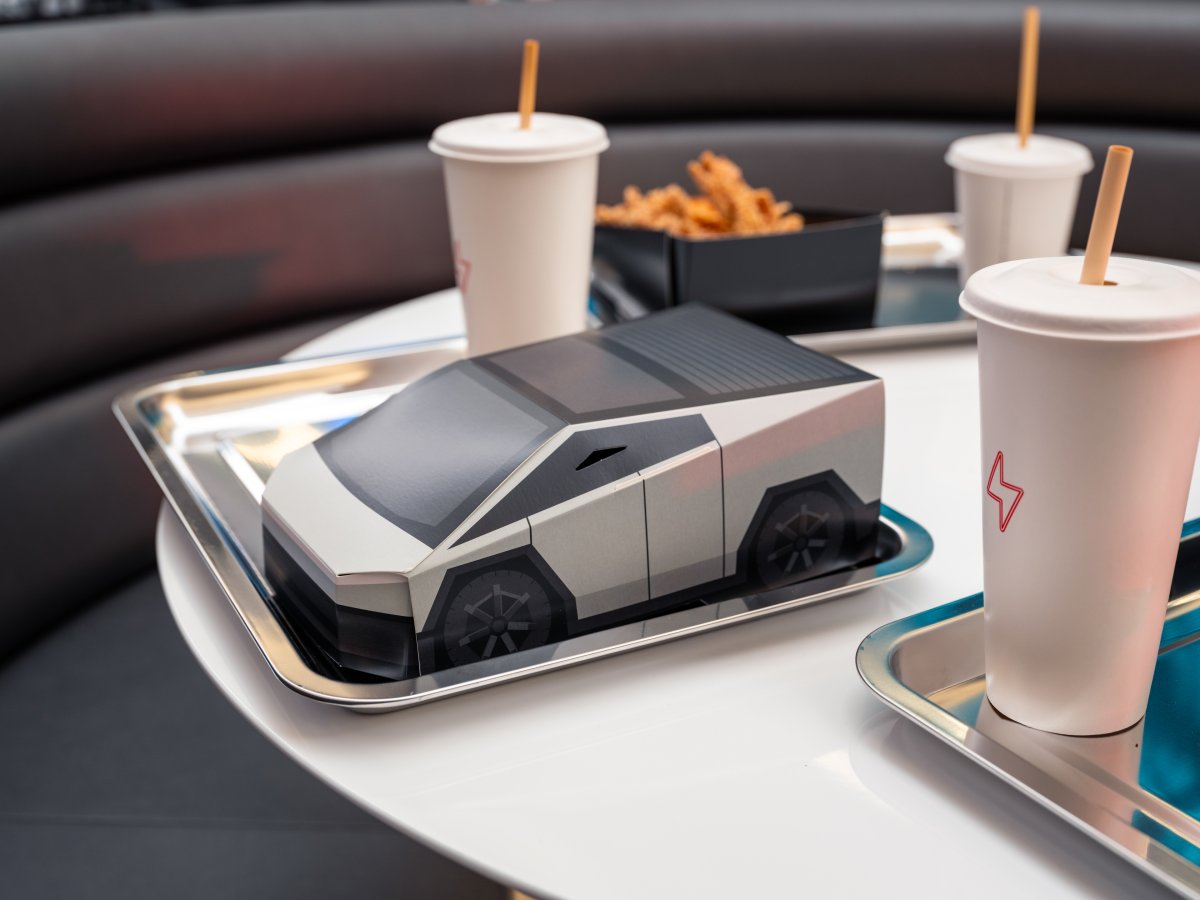
While one might expect standard fast-food fare, Tesla has made a deliberate effort to serve higher-quality food, focusing on responsibly sourced local ingredients. Tesla states that the vast majority of the ingredients are sustainable, local products available within a full charge of a Tesla, which means the Diner is sourcing directly from local farms.
We’d expect this commitment to be maintained when Tesla begins expanding their diners. Future Tesla Diners may serve local specialities rather than just classic diner fare.
Here’s a list of what Tesla does to maintain quality for the food:
-
Breakfast items use organic eggs from pasture-raised chickens, fed with all-vegetable grains
-
Bacon comes from heritage-bred pork
-
Flour tortillas are made with heritage organic wheat
-
Kombucha uses 100% raw, organic ingredients, and the yogurt and milk are also organic
-
Cheese is made without phosphates, starches, acids, or fillers
-
The fries are cooked in beef tallow
Tesla has put a lot of time and care into creating a great experience and menu. The food also comes in a neat little Cybertruck box if you’re ordering a burger or sandwich. Just remember there’s a rule when it comes to the box…
If you eat at the Diner, you must wear your burger box as a hat once you’ve finished your meal.
I don’t make the rules.
— Cybertruck (@cybertruck) July 22, 2025
Exclusive Diner Merch
It wouldn’t be a special Tesla destination without some exclusive destination merch. Tesla offers a range of Diner-exclusive merchandise, as well as additional items available in the Tesla Shop, including classics like the Levitating Cybertruck and more.
The exclusive merch includes:
-
A Tesla Bot for Tesla Diner (unique to the Diner, all black, with special Diner-related items)
-
Tesla Retro Diner Tees and Hoodies
-
Tesla Retro Diner Lamp
-
Tesla Sweets – Supercharged Gummies
-
Tesla Diner Hats
-
Tesla Diner Pins, Salt/Pepper Shakers, and Drinking Vessels
Some of this merchandise, including the unique Diner Optimus, has been marked as having limited-time availability – so if you want it, you’ll want to get your hands on it soon.
Tesla’s Diner is a perfect expression of Tesla’s entire brand experience – seamless and premium. It combines the convenience of in-car tech with a fun, retro-futuristic atmosphere and a genuine commitment to food quality.
Let’s hope that Tesla’s expansion plans for the Diner work out – we’d love to see these across the world.
By Karan Singh

The Q2 2025 Earnings Call provided us with a lot of information – and much of it related to FSD. There’s a lot of major news to unpack that impacts HW3 owners, AI4 owners, and future purchasers waiting for AI5.
Tesla addressed the previously promised upgrade for HW3 owners, talked about HW4 and also gave us dates of when to expect HW5 (AI5) and beyond.
The HW3 Upgrade
One of the biggest updates from the call was the clarification on the promised hardware upgrade for millions of owners with HW3 (AI3) vehicles. For those hoping for a path to the newer AI4 or future AI5 FSD computer, Tesla has confirmed that this upgrade is on hold until they can solve autonomy.
As we talked about in our HW3 upgrade article, Tesla will not consider offering such a complex and costly upgrade until after FSD Unsupervised is solved and becomes available to customer vehicles. The reasoning is that an upgrade could potentially involve more than just a simple computer swap, potentially requiring changes to other core vehicle components.
The key here is that the power and cooling requirements for HW4 hardware are far greater than those available in HW3 vehicles. If this trend continues with AI5, Tesla will need to build a customized solution for HW3 upgrades that falls somewhere in the middle – capable enough to perform FSD Unsupervised, but still able to fit within the required tolerances.
Camera Upgrades Might Be Needed
In addition, while Tesla has stated that they don’t intend to swap the cameras, this may become a requirement for two reasons. HW3 already has considerable difficulty reading signs, and HW4 is marginally better at doing so. Complex signs, such as “No Right Turn on Red,” could indicate that HW3 vehicles may require a camera upgrade, at least for the primary cameras, if not the side repeaters, bi-pillar, and rear cameras, to comply.
These changes will also require extensive rewiring, as the wiring in HW3 vehicles is not capable of the higher bandwidth required for higher-res cameras. The lack of future-proofing for HW3 vehicles is definitely becoming apparent here.
The second reason is the inclusion of the forward bumper camera on more of Tesla’s fleet. Today, every new vehicle except the Model 3 comes with a bumper camera. While Tesla does not use it for FSD yet, we believe that it will be necessary for low-speed maneuvers in crowded locations and parking lots – the key to making Summon and Banish truly autonomous.
Essentially, for the foreseeable future, HW3 vehicles will continue to be developed on a lagging, separate FSD software branch. Tesla intends to release updates for HW4 vehicles first, then take the time to optimize them, and then release updates for HW3 vehicles once they are ready. Realistically, while HW3 vehicles will still receive FSD updates, it seems that they have reached their physical operational limits and will not achieve the same performance or have all the same features as AI4 or future AI5 vehicles.
HW4’s Unsupervised Capabilities
The earnings call yesterday reinforced the capability of the current-generation HW4 hardware, which is included in all new Tesla vehicles. This is the same hardware that is powering the current Robotaxi FSD fleet that is currently operating and expanding in Austin. This confirms that HW4 is fully capable of supporting a true, driverless experience.
The question going forward will be what the limits of HW4 are, and how soon Tesla is approaching them. Will Tesla provide a smoother path to upgrade HW4 to AI5?
Given the ongoing situation with HW3, we don’t expect that they will. Tesla is contractually bound to provide Unsupervised FSD (autonomy) with the purchase of FSD, but it’s not required to upgrade vehicles so that they can achieve a higher level of safety and comfort. As long as a vehicle is capable of autonomy, then Tesla has met their commitment.
At this point, we don’t expect a clean upgrade path to AI5 – Elon has previously mentioned that it will consume nearly 2-3x the energy of AI4, which means an entirely new electrical and cooling package will be required for AI5, which AI4 vehicles won’t be able to easily support, short of a major retrofit.
However, if you want Unsupervised FSD and are satisfied with not getting a potential upgrade in the future, AI4 is a very compelling choice today. It is already demonstrably capable of Unsupervised FSD, which means you’re getting a vehicle that can and will do autonomy in the future.
If you’re still undecided about a purchase, a 48-month lease could be the most sensible option. Tesla is not intending to introduce AI5 until the end of 2026, and it will likely take months or years for the software divergence between HW4 and AI5 to occur.
AI5 is a Performance Jump; AI6 is a Leap
Tesla also provided the first concrete details on its next-generation FSD hardware, which will be known as AI5. The new computer is projected to be 3 to 5 times more capable than the already powerful HW4 hardware. That’s a massive leap in processing power, which will enable more complex neural networks and faster, more human-like decision-making.
This next-generation hardware isn’t expected to reach mass production until at least the end of 2026 – and the first vehicles receiving it will likely be Tesla’s Cybercab.
Going forward, Tesla intends to use AI6 as a means to closely integrate the training hardware and the vehicle hardware. That means that its Dojo supercomputer chip will live in AI6 vehicles. Two chips in a vehicle or on board an Optimus humanoid robot, while hundreds will live in a training cluster.
Tesla already uses HW4 hardware in Cortex, its Supercompute training cluster at Giga Texas. However, the vast majority of the training hardware is built around Nvidia’s H200 chip, which means Tesla needs to build the training software for the H200, then rebuild the trained models for HW4 hardware.
This change to Dojo training compute and Dojo in-vehicle compute means that Tesla will be able to further optimize the process, simplifying the entire training pipeline.
Closing One Door, Opening Another
The Q2 call was filled with interesting facts that drew solid lines in the sand for what Tesla’s future hardware path will look like. For owners of HW3 vehicles, the path to next-generation hardware is on hold, but at least there’s some clarity.
However, Tesla is offering FSD transfers in many regions worldwide, including North America and Europe, as a way to upgrade customers to newer vehicles equipped with hardware capable of running the latest FSD version.
For current HW4 owners, their vehicles are already equipped with the hardware capable of running in an Unsupervised future, and can look forward to support for at least another few years. In the future, Tesla vehicles will be equipped with even more powerful hardware, including AI5 in late 2026 or early 2027, and AI6 several years later.
If you missed any part of Tesla’s earnings call and its Q&A session, be sure to check out our recap, where we cover everything Tesla talked about, including FSD Unsupervised, the Robotaxi, and much more.
By Karan Singh
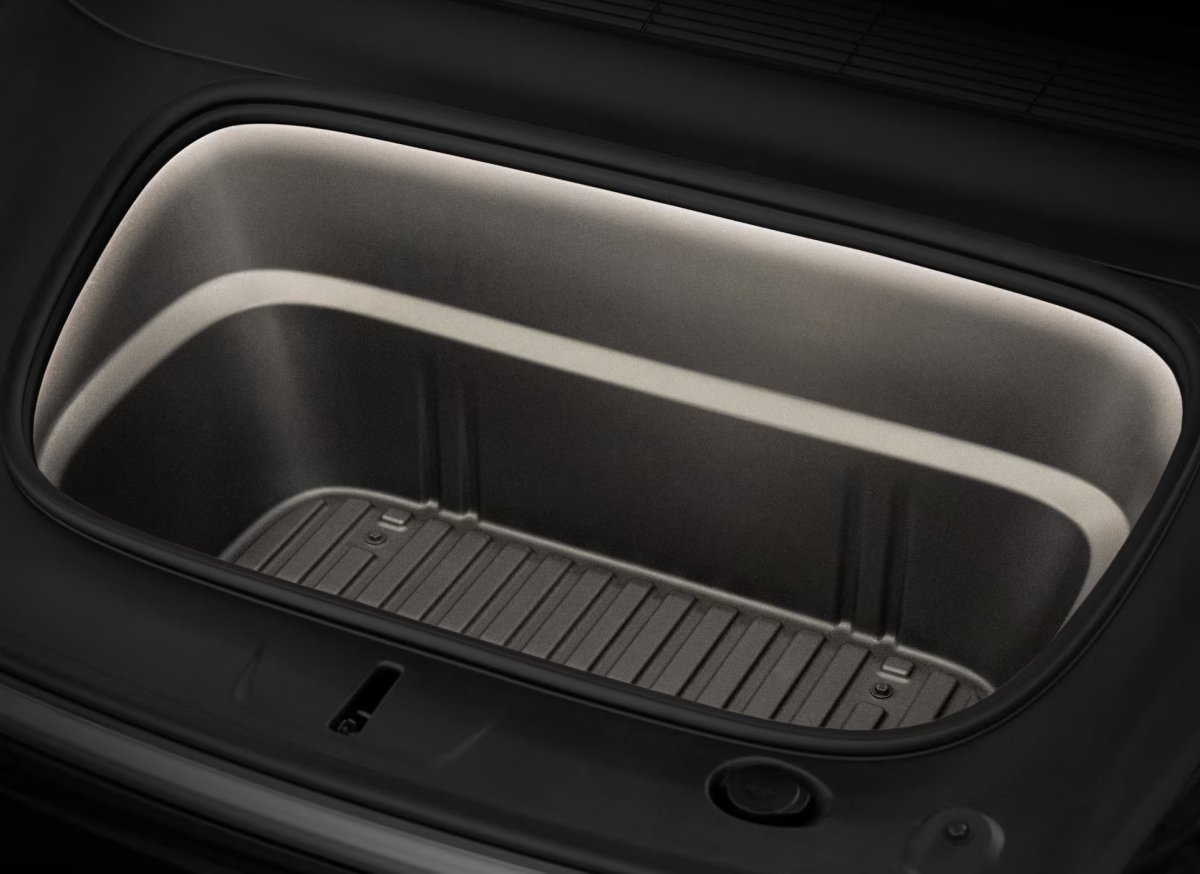
Tesla has released an official LED light strip upgrade for the frunk of the Model 3 and Model Y in the U.S. and Canada. The light strip, priced at $100 USD ($130 CAD), is a great addition to light up one of the most useful storage areas of an EV.
According to Tesla, the new light strip is designed for easy installation by the customer. The light strip connects directly to the vehicle’s power supply using an included adapter, eliminating the need for batteries or wiring harnesses. That makes this a clean OEM setup without the hassle of needing a separate power source.
The light is built to last, and is equipped with a constant current control module and an IP67 dustproof and waterproof rating on both the light itself as well as the adapter, so you don’t need to worry about it getting wet in the rain if you happen to leave your frunk open.

Vehicle Compatibility
The new frunk light strip is available for all Model 3 and Model Y vehicles from model years 2020 to 2024, so it does exclude earlier Model 3s.
For newer vehicles, a revised version of the light strip is being developed, compatible with the updated wiring harness of 2025 and 2026 Model 3 and Model Y vehicles.
The revised version is already available on Tesla’s shop in China, which means its release in North America is likely not too far away.
Sign of More to Come?
This isn’t the first time Tesla has made an OEM version of a popular third-party accessory, such as the custom puddle lights. Another popular third-party accessory is a powered frunk add-on.
Currently, the Cybertruck is the only Tesla vehicle with a powered frunk, and getting an official modification that won’t risk denting your hood would be amazing to see. It would also greatly improve the utility of the frunk, as many people avoid opening it since it has to be manually closed.
This new accessory is a welcome addition to the lineup of accessories for owners looking for a simple and high-quality add-on for their Tesla and and we’re hoping to see more of this in the future.
You can purchase it at the link here.
